I recently conducted an IG Live on taking A Site Positive Approach. As a follow up to that, I conducted another video session to get into details and answer pertinent questions about Rainwater Harvesting. I discuss the elements that make up a RWH system, compare the differences between rural and urban water management systems, and introduce some of the various options available for harvesting water. I also speak about the Goan monsoon patterns and the site specific methods that are useful in tropical areas. As an example, I explain the simple but effective well system created at Navovado, our completed vacation house in Goa. I also explore natural water systems such as ponds and bioswales which we have physically implemented at our project The House with Three Pavilions in Goa.
This Is Epic
A curation of our design ideas and inspirations for houses in Goa, contemporary art and architecture.
A Blog
with a curation of our design ideas and inspiration for houses in Goa, contemporary art and architecture.
Archive
- A Grounded Palette 12
- Architecture 89
- Art 25
- Art in Goa 3
- Arthshila Goa 1
- Bangalore 1
- Conservation 8
- Design 42
- Designing a House in Goa 17
- Ecological Design 21
- Environment 39
- Geoffrey Bawa/Bijoy Jain 6
- Goa Ecology 7
- Goan art scene 1
- House for Sale in Goa 22
- Interiors 17
- Landscape 3
- Landscape Design 9
- Life 25
- Lifestyle 12
- Living in Goa 38
- Mentoring 4
- Moving to Goa 27
- Navovado Project Update 4
- Nivim Project Update 33
- Press 11
- Resort-style Lifestyle 14
- Sustainable Architecture 21
- Sustainable Design 19
- Toybox 3
- Wellness 5
- cultural spaces 1
- multidisciplinary art 1
- reed bed 1
In this IG Live, I speak to Malvika Mehta, Founder of MLIME. Malvika's team in Rajasthan has done some lovely work with lime plasters bringing the use of lime to modern buildings while also using it to conserve historic structures. Over our conversation we discuss the romance and practicalities of lime. We compare the use of IPS with lime and oxide, often found in old houses in Goa. We discuss the heritage of lime as well the potential it has to become a contemporary natural material. We get into details about lime's breathability, moisture management, and its effectiveness in indoor-outdoor spaces that are exposed to harsh heat and rain. We also speak about the process of making lime, its maintenance and cost efficiencies. Finally, we discuss the various finishes, colours and textures that a lime plaster comes in.
In this Q&A session, I take up a material that we frequently use in our houses in Goa - Indian Patent Stone or IPS. The material is incredibly versatile as it comes in a wide range of colours and is suitable for a number of surfaces right from floors to walls to counters to inbuilt furniture such as the balcao. Over the session I also answer questions about how the material ages with cracks and address the important precautions that need to be taken while using the seamless material. We discuss the similarities between IPS and oxide floors and how the material application technique has involved. We also speak about the curing and workmanship that is required to achieve the best finish.
Tune in to watch the entire session.
I recently conducted a Q&A session on the use of stone as a building material to answer questions from students, architects, home owners and design enthusiasts. Over the live session, I have presented the different varieties of stone as well as the diverse finishes that are available. I have discussed the types of stone best suited for specific areas of a house based on factors such as utility, landscape and exposure to heat. I also speak about how different types of stone can be maintained, weighing the benefits of each type. Finally, I speak about the climatic impact and tolerance that stone has.
Tune in to watch the entire video.
Geoffrey Bawa is an unforgettable and continuous inspiration to most architects. There is an intangible relationship with nature that is so beautifully established. To see our inspiration translate into our work - in design, in spatial character, in connection and reverence towards nature - finding new meaning in every site we build on, feels wonderful and magical.
As we look back on our projects, it feels great to see many of our spaces carrying the sensibilities and sensitivites that Bawa inspired throughout his practice. The following set of images puts our project photos alongside some expertly crafted spaces byt the tropical wizard. It is our ode to the master architect, a reflection of the small but diverse ways in which he has touched our design thinking and building values.
The Balcao Connection
The interesting architectural connection between Goa and Sri Lanka is visibly articulated in elements such as inbuilt seats. The first picture is a site picture of a porch at our project, The House With Three Pavilions. The Goan Balcaos face each other, framing the entrance to the home pavilion. The second photograph is from Bawa's Lunuganga garden, with the in built seats looking out into the surrounding greenscape.
Windows for trees.
There is always time to frame a view. Vistas of green, however small bring a sense of freshness and colour into any space. The first picture is from our project Navovado, as the building volume is punctuated by foliage and fenestration. The second photograph is from Bawa's Garden, the bark of a tree framed through the small verandah window.
Seats built in to live with nature⠀
The first picture is of an insitu seat built next to the champa tree, watching the coconut plantations beyond on site at The House With Three Pavilions. The second photograph is from Bawa's estate, with an in built seat, finished with a wooden railing back, set in the enclosed gazebo to immerse oneself into the sights and sounds of nature around.⠀
A Hidden Pool⠀
The first picture is of a terrace pool overlooking the trees and the hills at our project Nivim. The second photograph is from Geoffrey Bawa's House for Dr Bartholomeusz, with the pool quietly tucked into the indoor-outdoor courtyard.
Finding Bawa ~ The Stairway Composition⠀
⠀
The first two pictures are from our project Navovado, looking at the stairway as it adds sculptural value and the play of different levels to one end of the living room. The second photograph is from Bawa's Bentota house, looking at his minimal, yet artistic stairway composition.⠀
Geoffrey Bawa is an unforgettable and continuous inspiration to most architects. There is an intangible relationship with nature that is so beautifully established. To see our inspiration translate into our work - in design, in spatial character, in connection and reverence towards nature - finding new meaning in every site we build on, feels wonderful and magical.
As we look back on our projects, it feels great to see many of our spaces carrying the sensibilities and sensitivites that Bawa inspired throughout his practice. The following set of images puts our project photos alongside some expertly crafted spaces by the tropical wizard. It is our ode to the master architect, a reflection of the small but diverse ways in which he has touched our design thinking and building values.
Building with nature
Watching these two pictures side by side leaves us with a sense of achievement and happiness. The first picture is from our project, The House with Three Pavilions in Goa. The second picture is from Ena De Silva's house, built by the master Geoffrey Bawa.
Verandahs celebrating the trees of the land
⠀
The first picture is from our project Navovado, looking at the old mango tree preserved during construction on site for this vacation house in Goa. The second photograph is from Bawa's Lunuganga estate, framing the magnificent tree by the lake.⠀⠀
Making greenery part of the building elevation
⠀
The first picture is from our project Navovado, as boundaries are blurred between the house and its landscape. The second photograph is from Bawa's Lunuganga country estate, picturing the house among the greenery perceived from the lawn.
A Place in The Shade⠀
⠀
The first picture is from our project The House With Three Pavilions, as the semi open corridor faces the internal courtyard on one side, touching it with an in situ seat and transitioning into different rooms on the other sides, each celebrating different views. The second photograph is from Bawa's estate, as the corridor behaves like a verandah even as it connects the indoor spaces from side to side. ⠀
A Welcoming Wilderness⠀
⠀
The first picture frames the entrance to a pavilion at The House With Three Pavilions, brought alive with the growth of native plant species. The second photograph is from Bawa's Lunuganga garden, with the entrance pathway bordered by the lush wildscape on one side. ⠀
To the jaded, the mention of green buildings implies a marketing gimmick, and to an idealist, it conjures images of buildings built with mud and bamboo with compostable toilets. Invoking a strong response either ways, we recently concluded a Q&A session on Green Buildings on Instagram. The session had over 300-people join over the course of a 30-minute session.
The first question that we tackled was, ‘What is a Green Building’? My answer, ‘A green building is one where you’re trying to reduce the impact of the building on the environment.’ It is about making the right choices at every stage of the project, with the ultimate goal to minimise one’s footprint on the environment. To make a building green, the architect must treat the environment as a key design criteria from the first step of the design process right until the occupancy stage.
It is our commitment to build sustainably and we green certify all our houses in Goa. Our first home, Nivim was the first green certified residence in Goa. It received a gold-level certification and our project Navovado has recently been awarded the platinum-level certification by the Indian Green Building Council. Platinum being the highest level available in the ranking system.
While a building can absolutely be green without a certificate, a green certification is a great way to stay accountable to oneself throughout the design and construction process. It provides the involved professionals with a detailed list of checks and balances with specifications and design criteria that need to be considered and incorporated at every stage of the design and construction process.
In India, TERI (home-grown) and IGBC (offshoot of USGBC) are the primary agencies that issue green certifications. Both these organisations use a credit based system for the evaluation of green building design and performance. The credits fall under the following categories: Site Planning, Water Efficiency, Energy Efficiency, Indoor Air Quality, and Materials among others. Throughout the process, extensive documentation with detailed calculations are required which is then reviewed and tested by the certification body on site. While the system is elaborate, it proves effective as a way to stay true to one’s goals of sustainability. However, it is important for architects to avoid incorporating design elements or features, just for the sake of securing points and focus instead on strategies that are feasible for that specific project life cycle and use.
Demystifying Green Building
I would like to cut through the clutter on this topic. Specially as I would like to demystify the concept and express that green building design is not necessarily a specialized science, nor is it forbiddingly technical where only certain qualified professionals can build green buildings. On the contrary, it is my strong belief that a building built with the basic principles of good architecture would do very well on the green scorecard. The process of green building design starts with a deep understanding of the site, local climate, wind patterns, local materials and resources. Once a building is sited to take advantage of the sun and wind to maximize daylight and cross ventilation, is designed to be responsive to the weather patterns and is built using local materials, then that in itself is a great start towards making the building green.
In the predominantly hot and humid climate in India, one can further think of reducing the heat gain through an informed design of the building envelope. This will have a tremendous impact on the thermal comfort within a building and hence reduce the energy use in the building. Water is another key natural resource that is dwindling with increased human activity on our planet. Rainwater harvesting provides a simple (sometimes ‘no-brainer’) solution to this problem. The idea is simple, instead of allowing rainwater to drain away from your site, one can design systems to either collect it and reuse on the site itself, or feed it back to the earth to recharge the underground aquifers. In addition, a simple introduction of dual flushes can reduce water use by 50-60% and aerators to taps, which can reduce the water use by upto 70% percent. Aerators mix the water from the taps with air, and as a result the water pressure feels the same even when the amount of water flowing through the taps are reduced.
When it comes to building materials, it is wise to use local materials. In most cases, the vernacular building techniques and the local labor would be well versed with the local material. The green quotient of buildings can be further increased by choosing materials with a higher recycled content, higher recyclability, reusing salvaged materials and materials that are rapidly renewable such as bamboo.
The choices to go green are not always straightforward. Cement for example presents a big conundrum in the building industry. The production of cement produces large quantities of CO2, a greenhouse gas with a lasting impact on global warming and climate change. In fact, the production of every kilogram of Portland cement produces an equal amount (one kilogram) of CO2. This presents a huge challenge for our industry where the widely accepted structural material is cement. Wood is another material that presents a difficult choice with sustainability. On one hand, it is a naturally renewable resource and is biodegradable, and wood can be used and reused multiple times. But at the same time, we are cutting irreplaceable virgin rainforests at an alarming pace with long lasting disastrous impact.
Finally, a green building doesn’t have to cost a lot more. Majority of green building strategies are common sense and based on sound architectural principles, which do not come with an additional cost. In addition, there are simple systems that are available at extremely reasonable prices. The aerators mentioned earlier are a free addition offered by most companies that sell sanitary fittings. The difference is for the architect, client and the vendor to be aware of these systems and integrate them into the building design in a timely manner.
We must as a community of architects pledge to make green building design as important as aesthetics in our projects. A simple change in the thought process can have a long lasting impact on the quality of life for our future generations, which is a cause worth fighting for.
What is a green building?
A green building is one where you’re trying to reduce the impact of the construction on the environment. It is about making the right choices at every stage and looking at every possible way, to optimise resources during and post construction and to minimise or offset one’s footprint right from the design stage to the occupancy stage. Right from positioning the building on the site, being mindful of the solar and wind orientation, looking at the existing resources on site to incorporate them into the building, preserving the underground water table - the environment is part of the design criteria from the very first step of the design process.
Here are some tips for an architect to design a green building
The building should be designed for its local climate and weather
The design should be site specific
The natural features on the site must be preserved whether it is the trees, the underground water table, the contours and terrain, etc
Plan openings for maximised daylight and cross ventilation
Reduce the urban heat island effect
For landscaping, use lesser amounts of non permeable surfaces like concrete and more permeable surfaces like grass that allow water to percolate and recharge the underground water table
Reduce concrete exposure because concrete tends to absorb a lot of heat
Enhance thermal comfort by thinking about all parts of the envelope - the walls, the windows, the shading devices, the roof, etc - to reduce energy expenditure
Conserve water and collect or harvest rainwater
Use aerators for taps and dual flushes for WC
Use solar water heaters
Use solar panels if the site allows for it
Compost using house and site waste and feed it back to the garden
Reduce, Reuse, Recycle
Every little detail helps.
Links to our previous Blog Posts on Green Building:
Goa is beautiful and rich in its diversity. It has something to offer to every visitor. In this blogpost, we have created a quick map with some of Goa’s best - your very own printable checklist of what to see, where to go and what to do over your next Goa trip. The map has a mix of old houses in Goa, its most popular beaches, the best natural and wildlife sanctuaries in Goa among other popular destinations. For a detailed breakdown of the differences and similarities between North Goa and South Goa, click on the map to read our analysis comparing the two districts.
Landscaping is an important aspect of the design process at Grounded. We usually populate the landscape with native local species to reduce water use for irrigation. Our landscape design aims to blur the lines between the two textures- the verandah flooring, the green cover, and the soil. We pick local species that can co-exist and help give the landscape a naturally verdant look, rather than an unnatural manicured one.





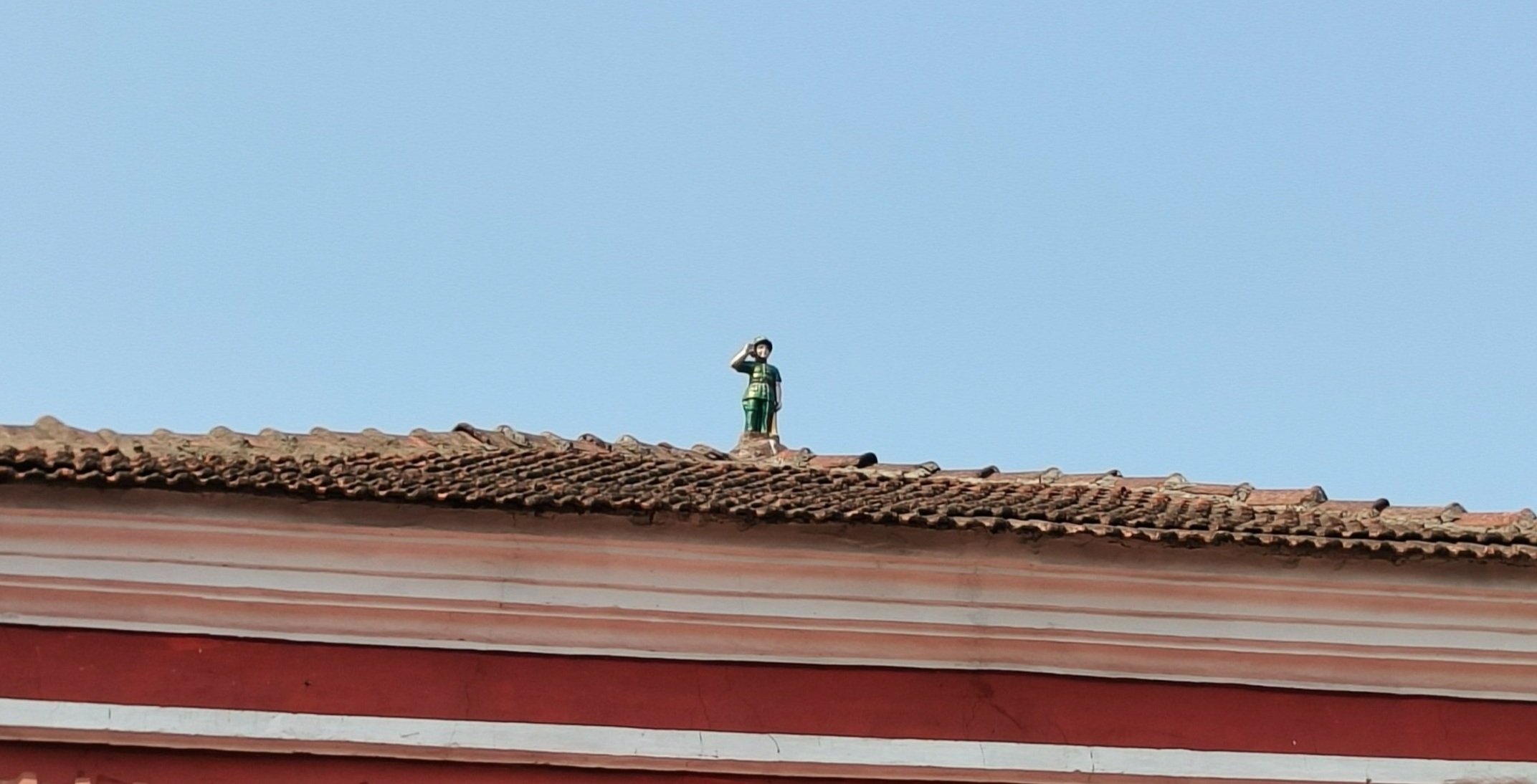








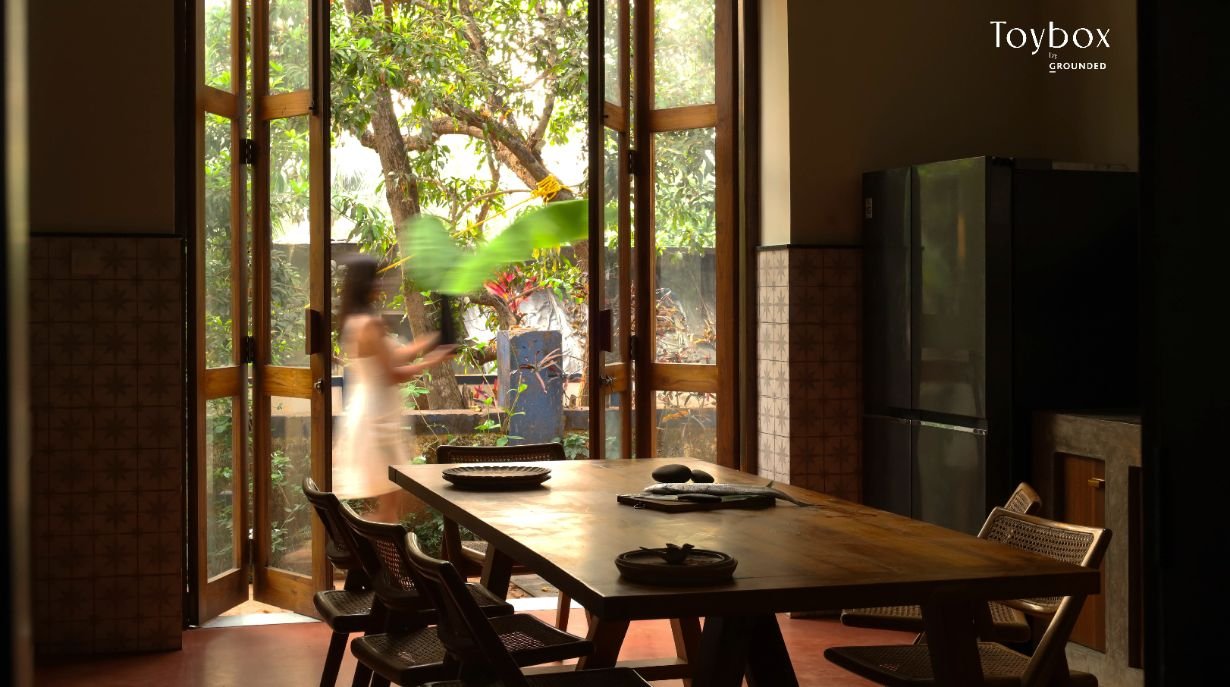

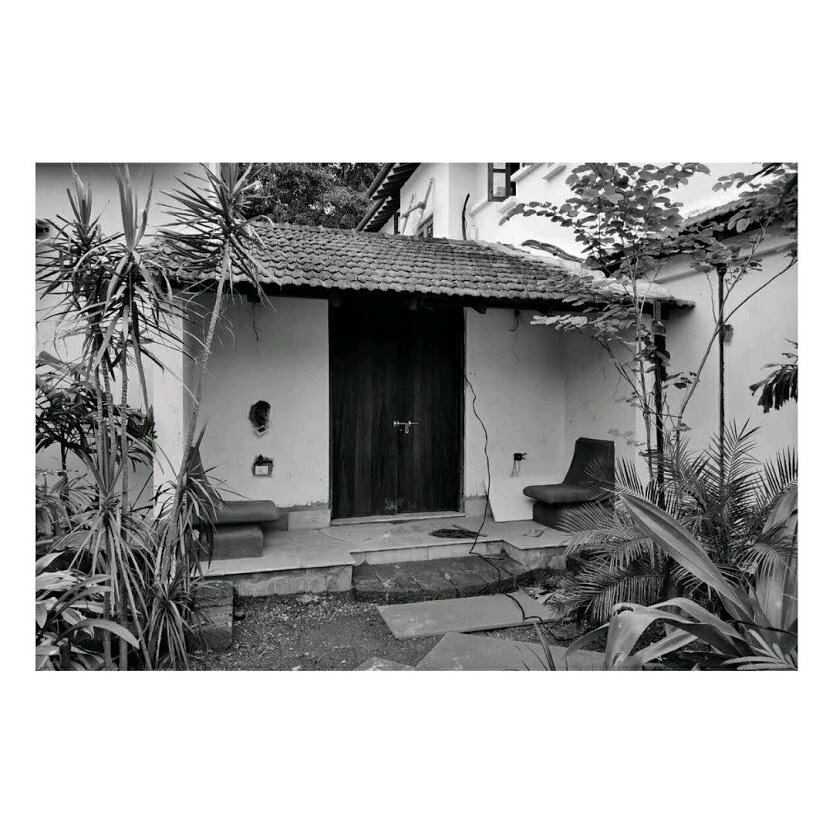
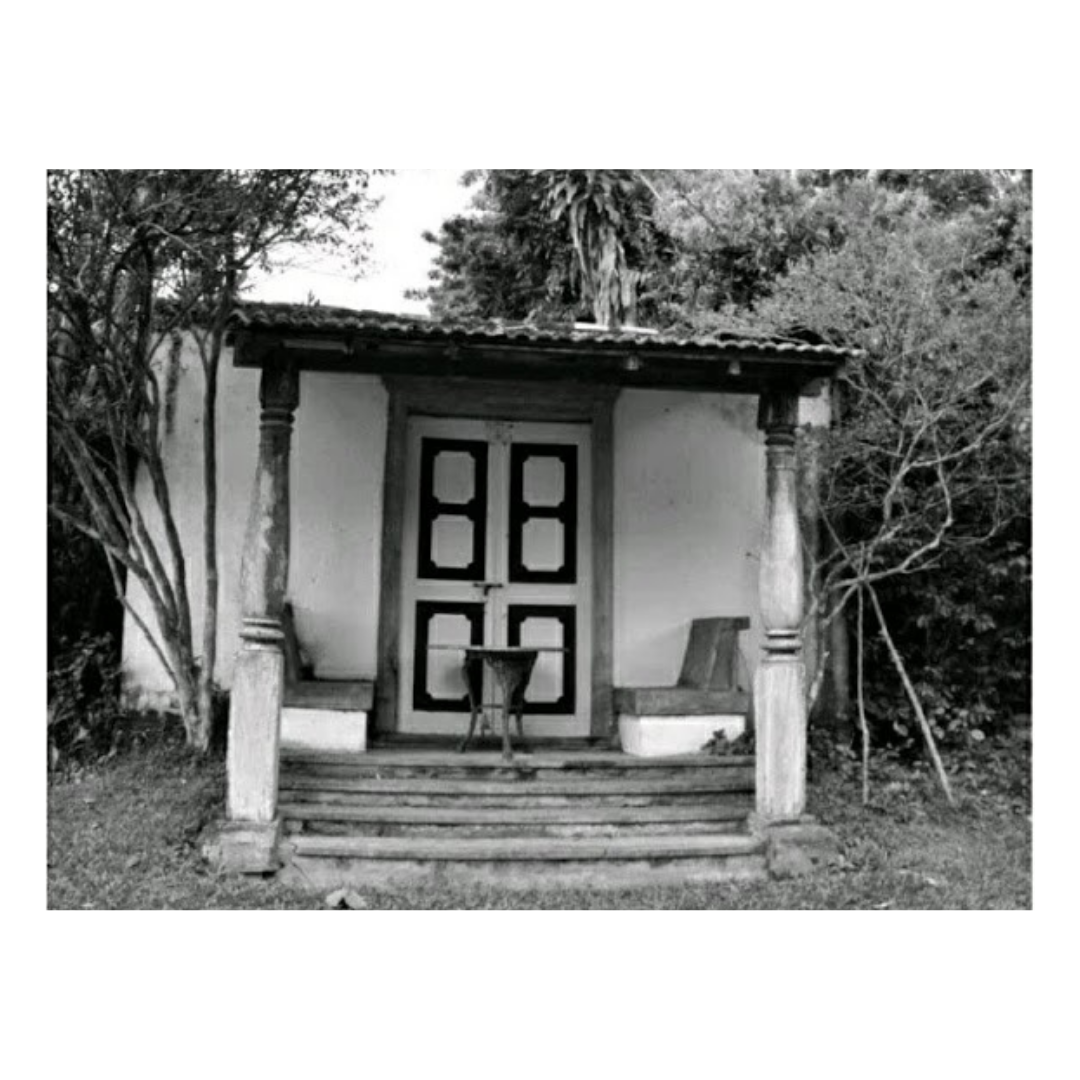

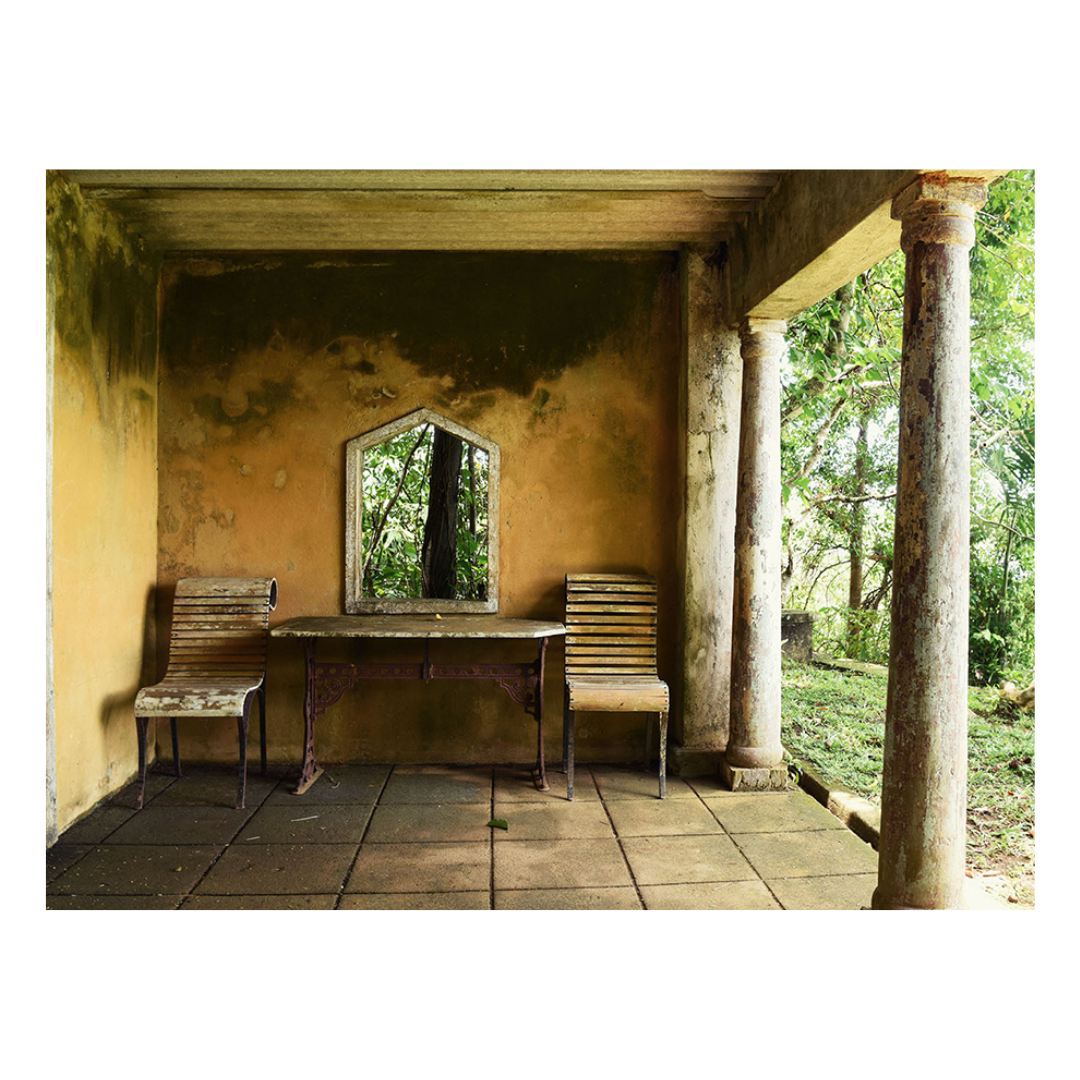
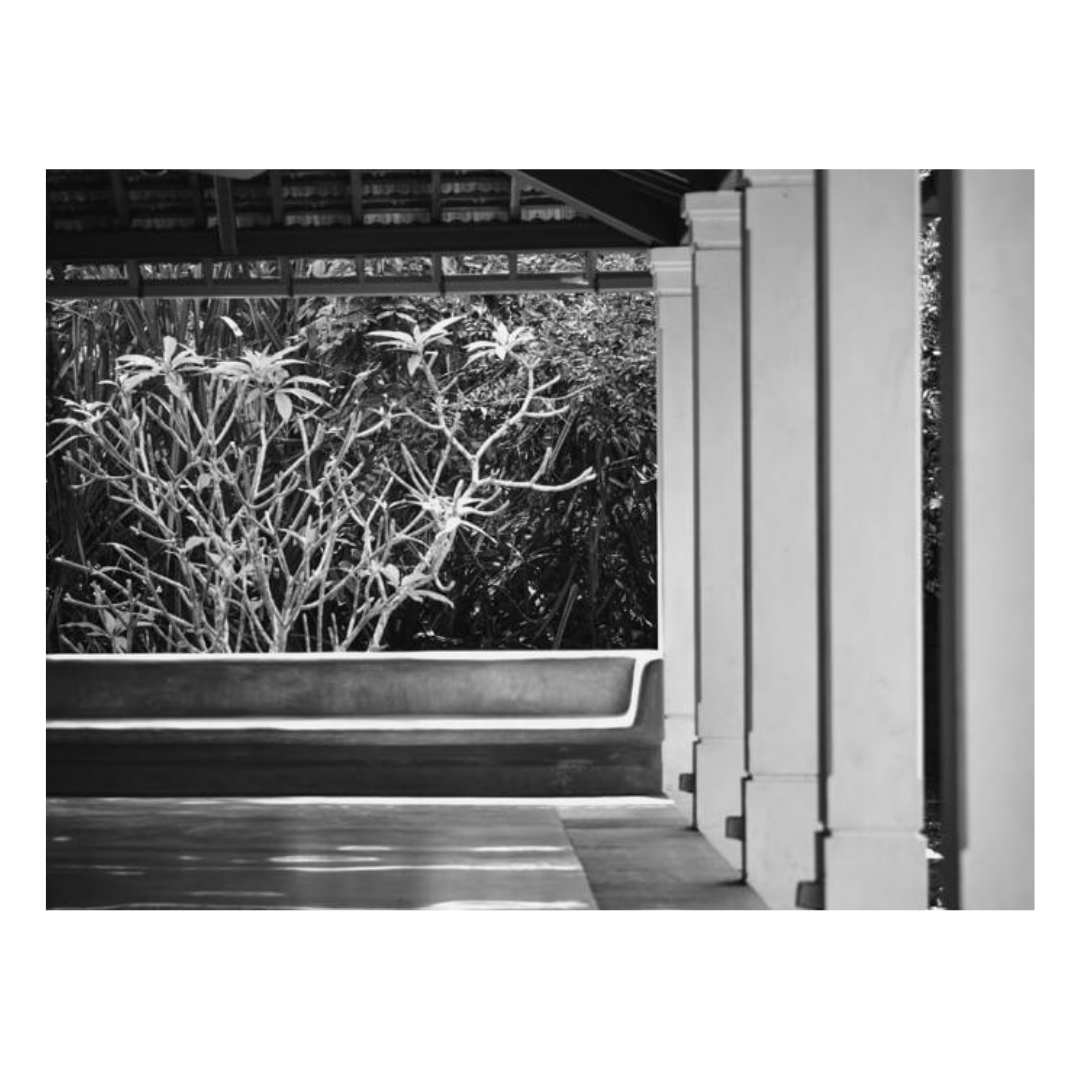
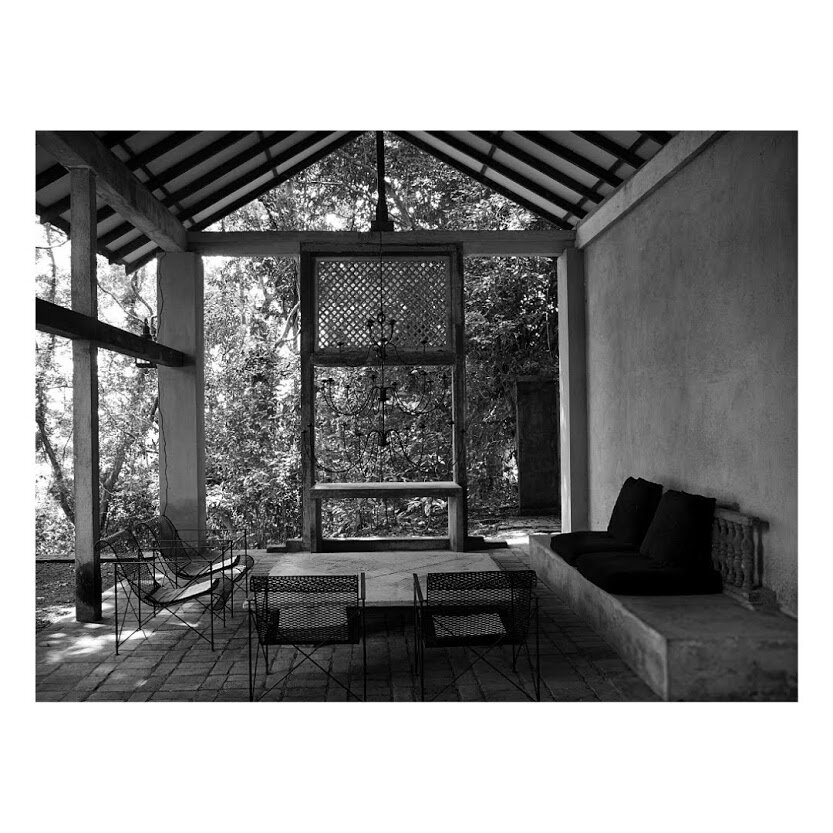
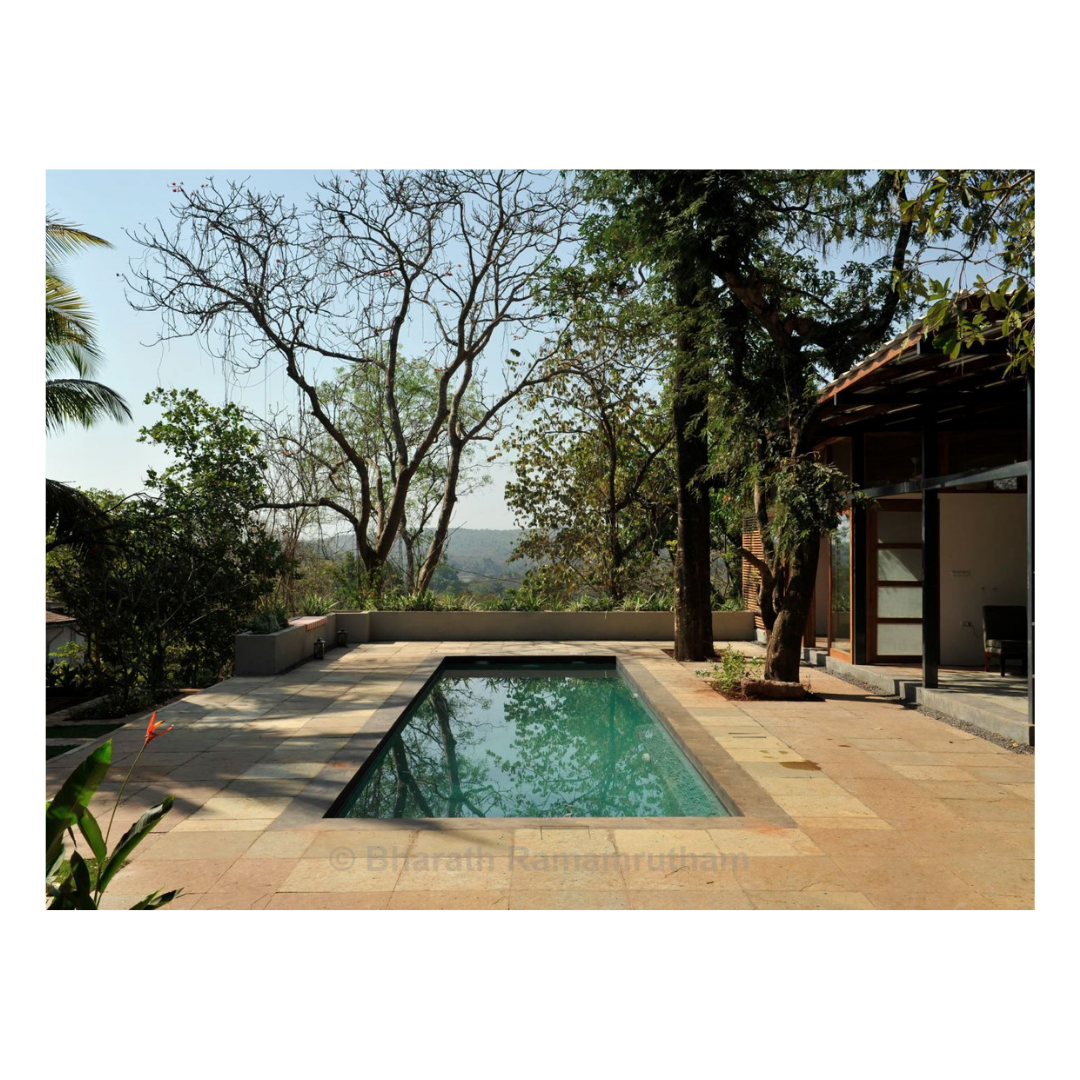
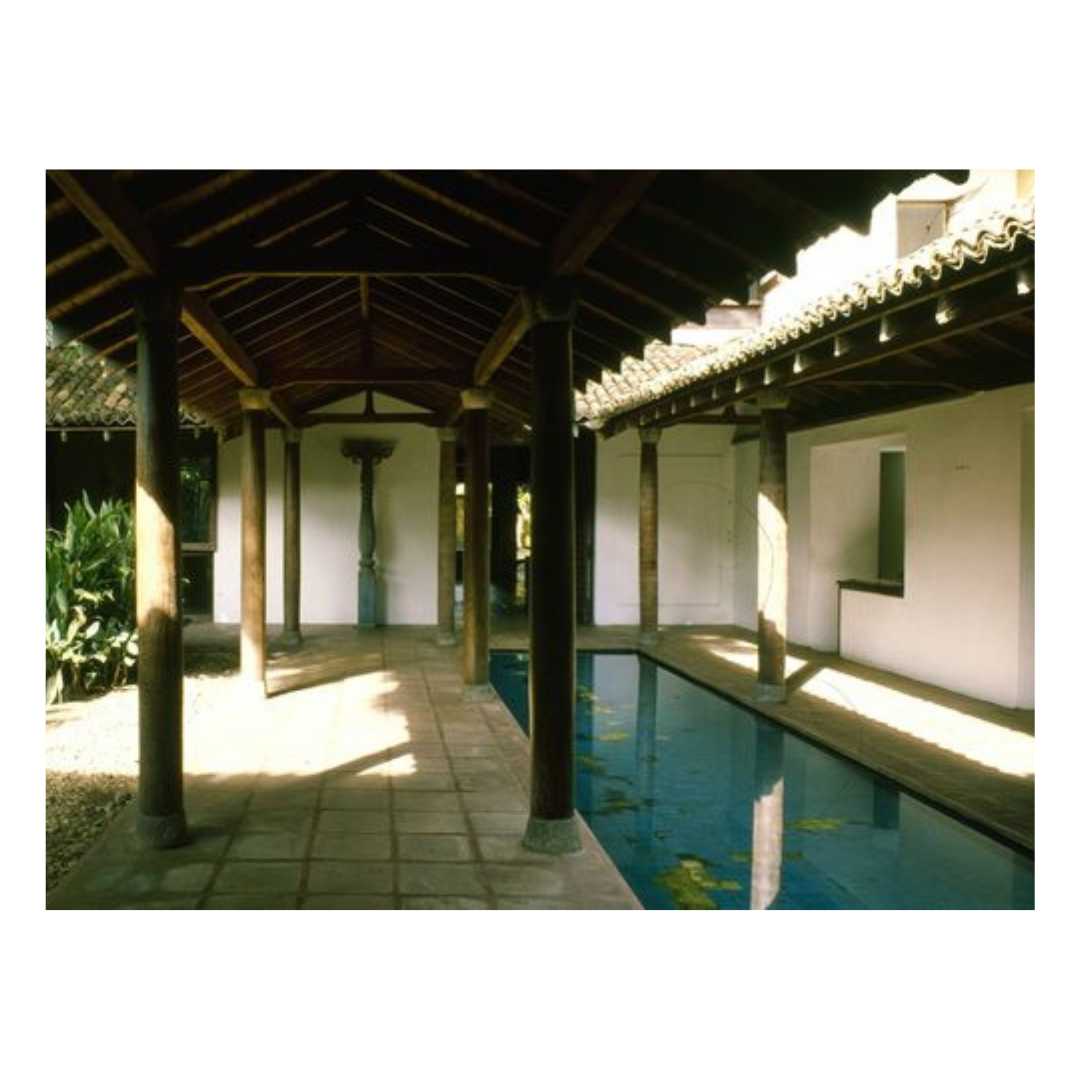
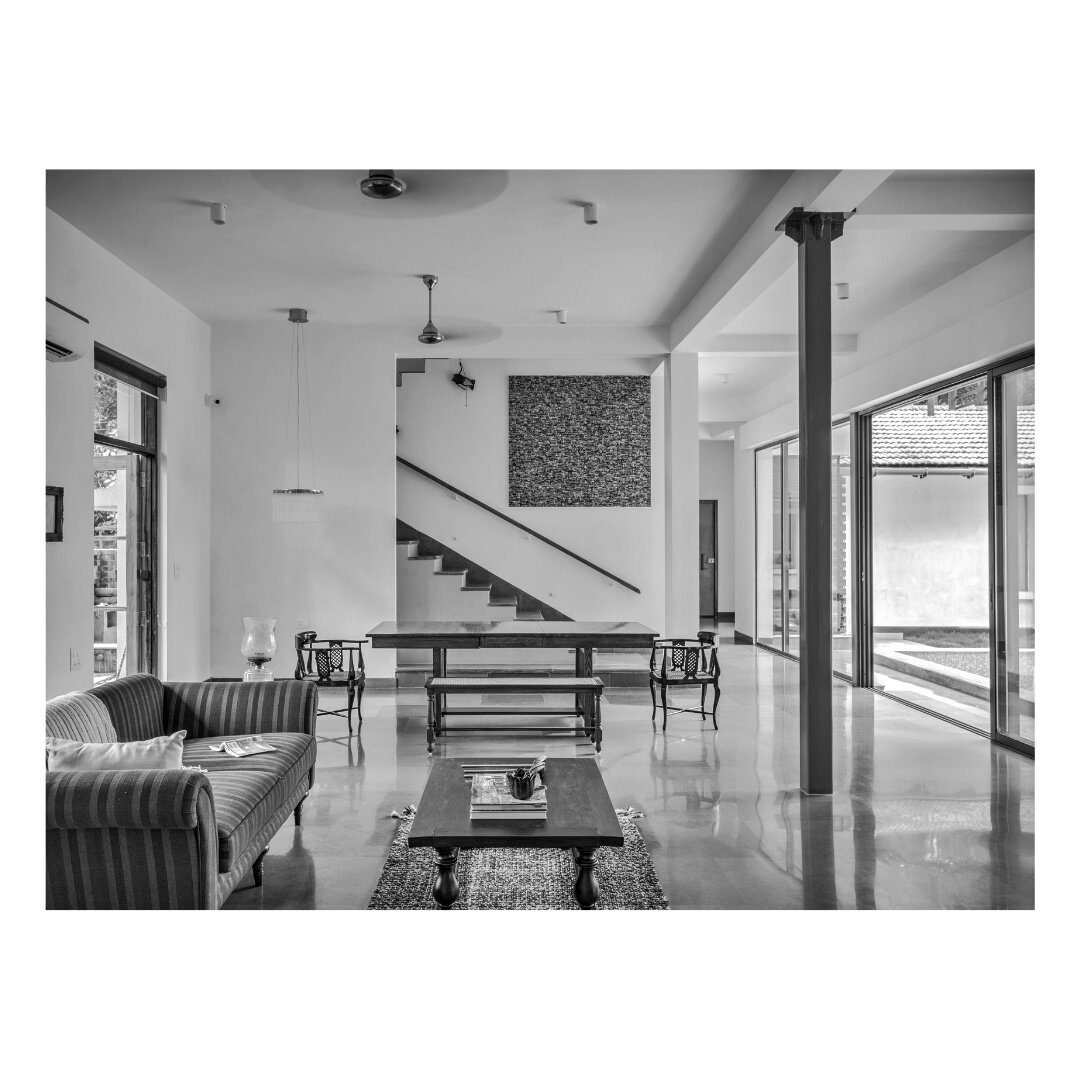
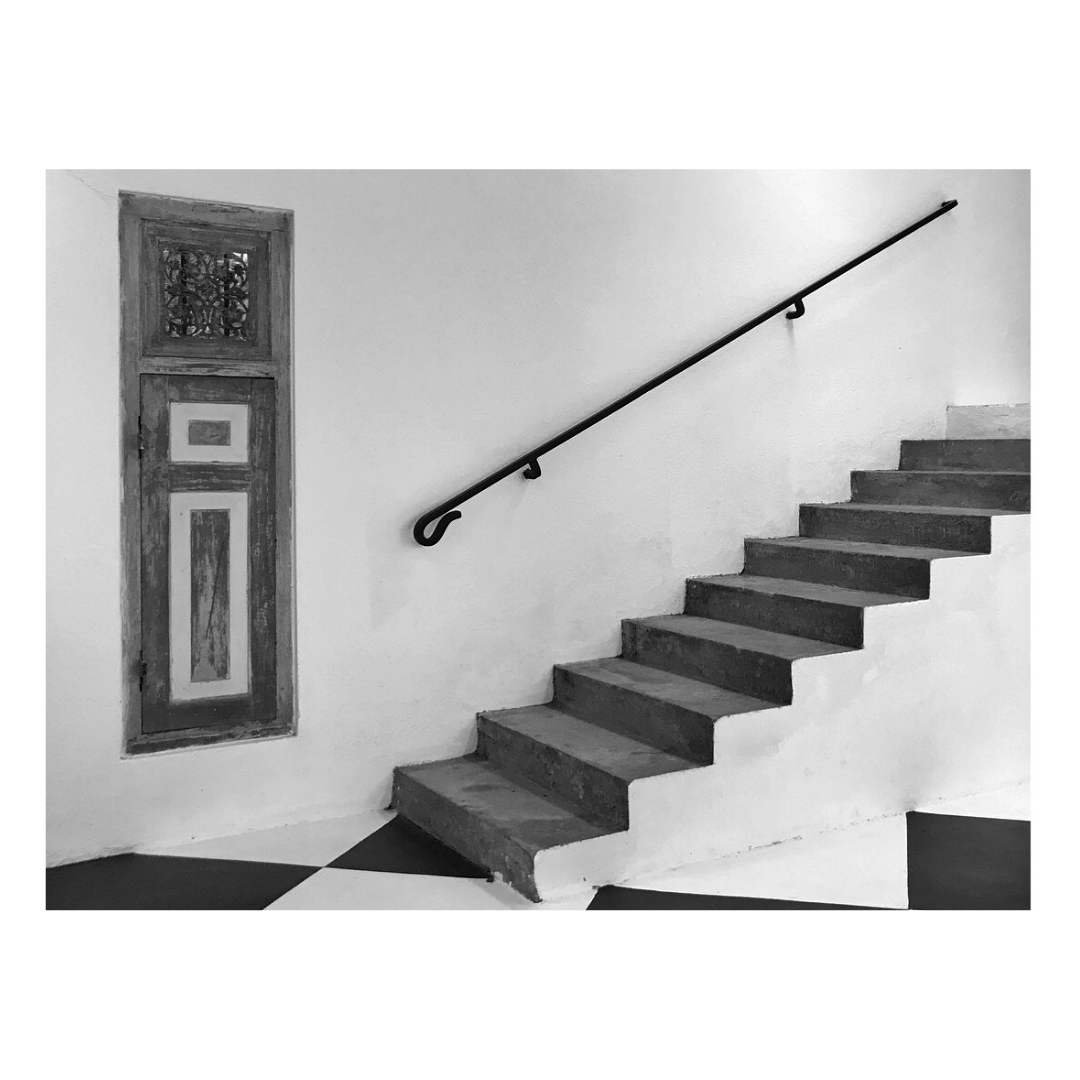




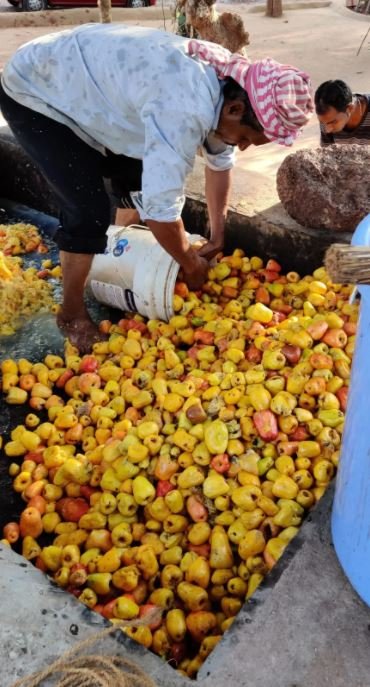

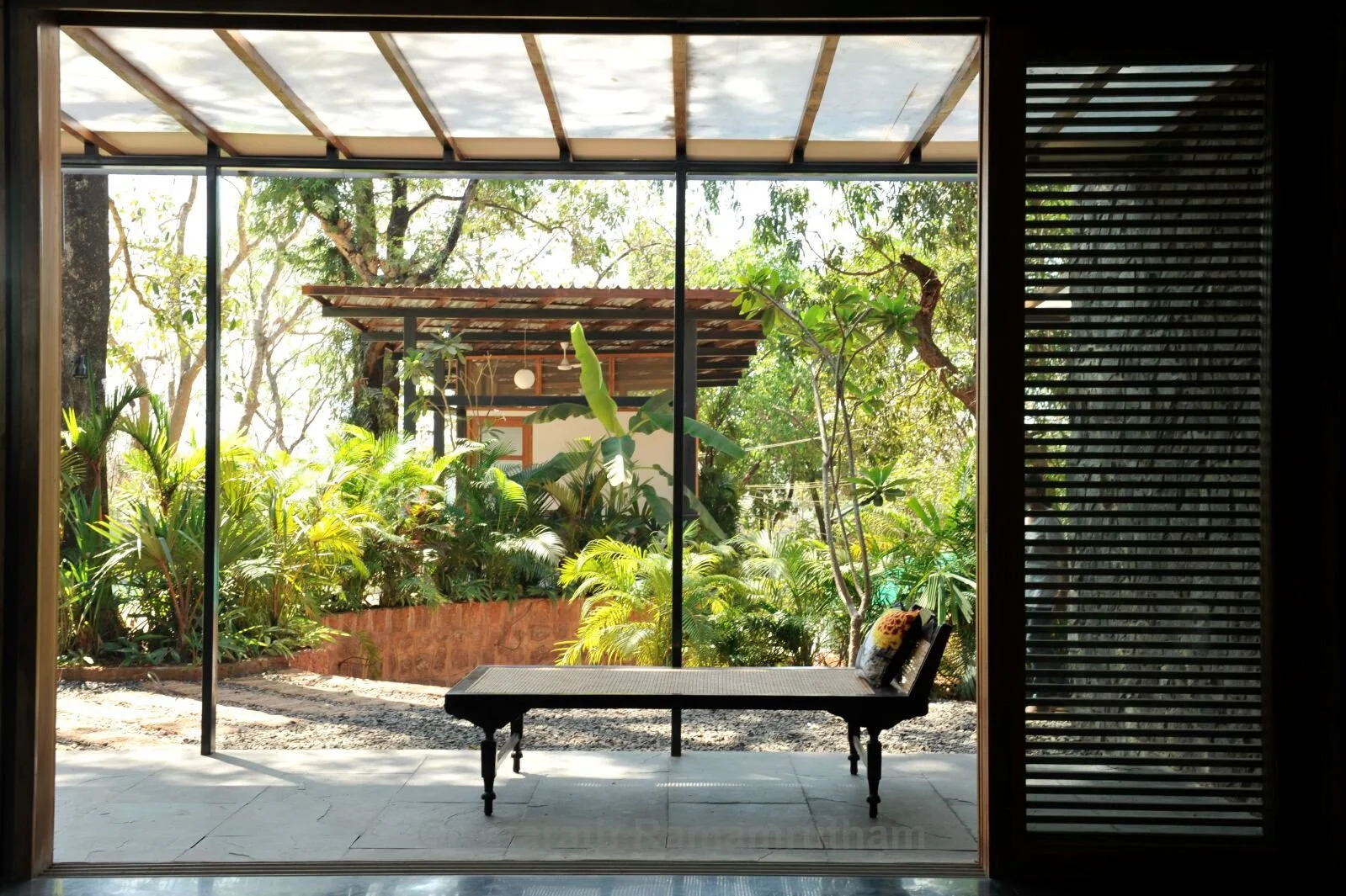



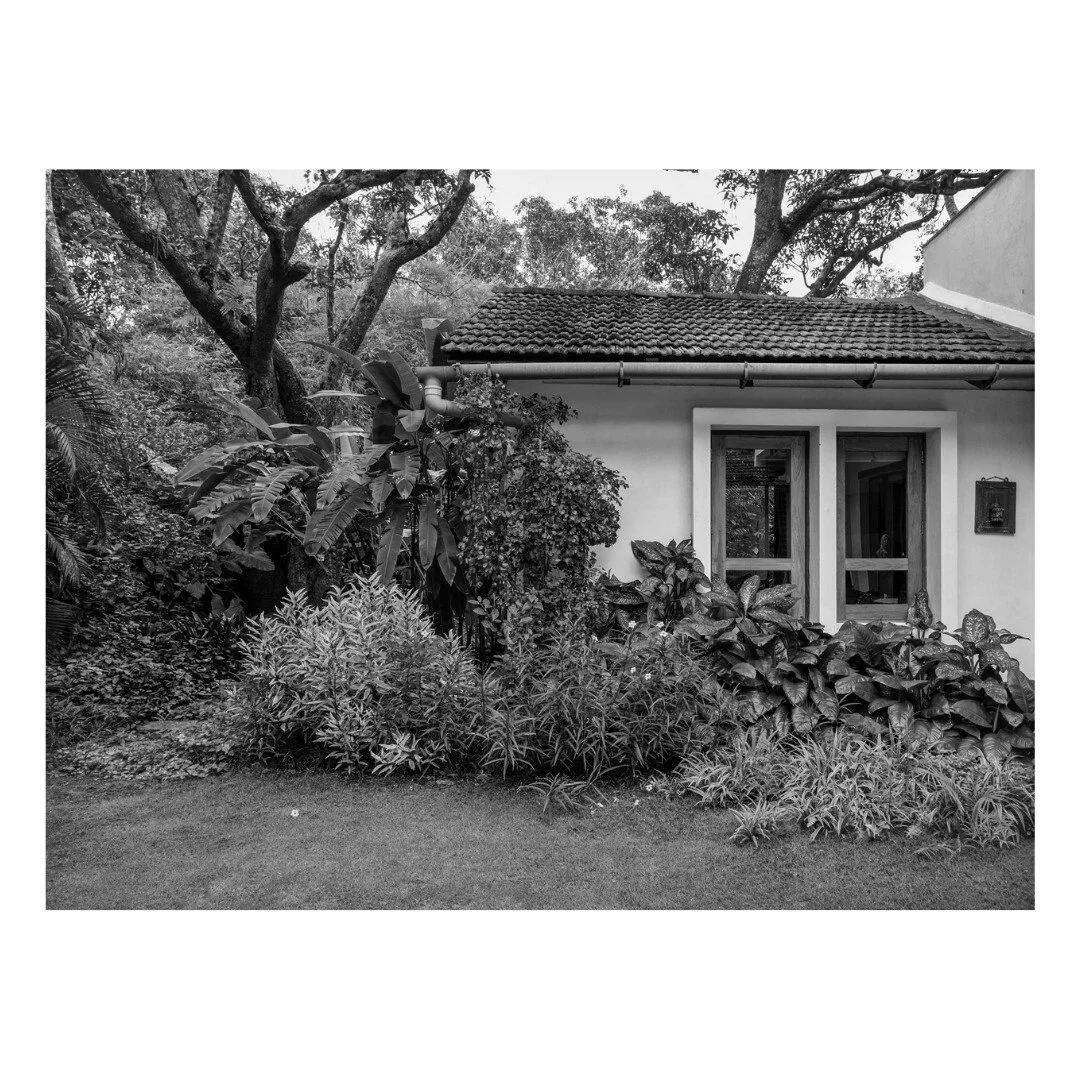

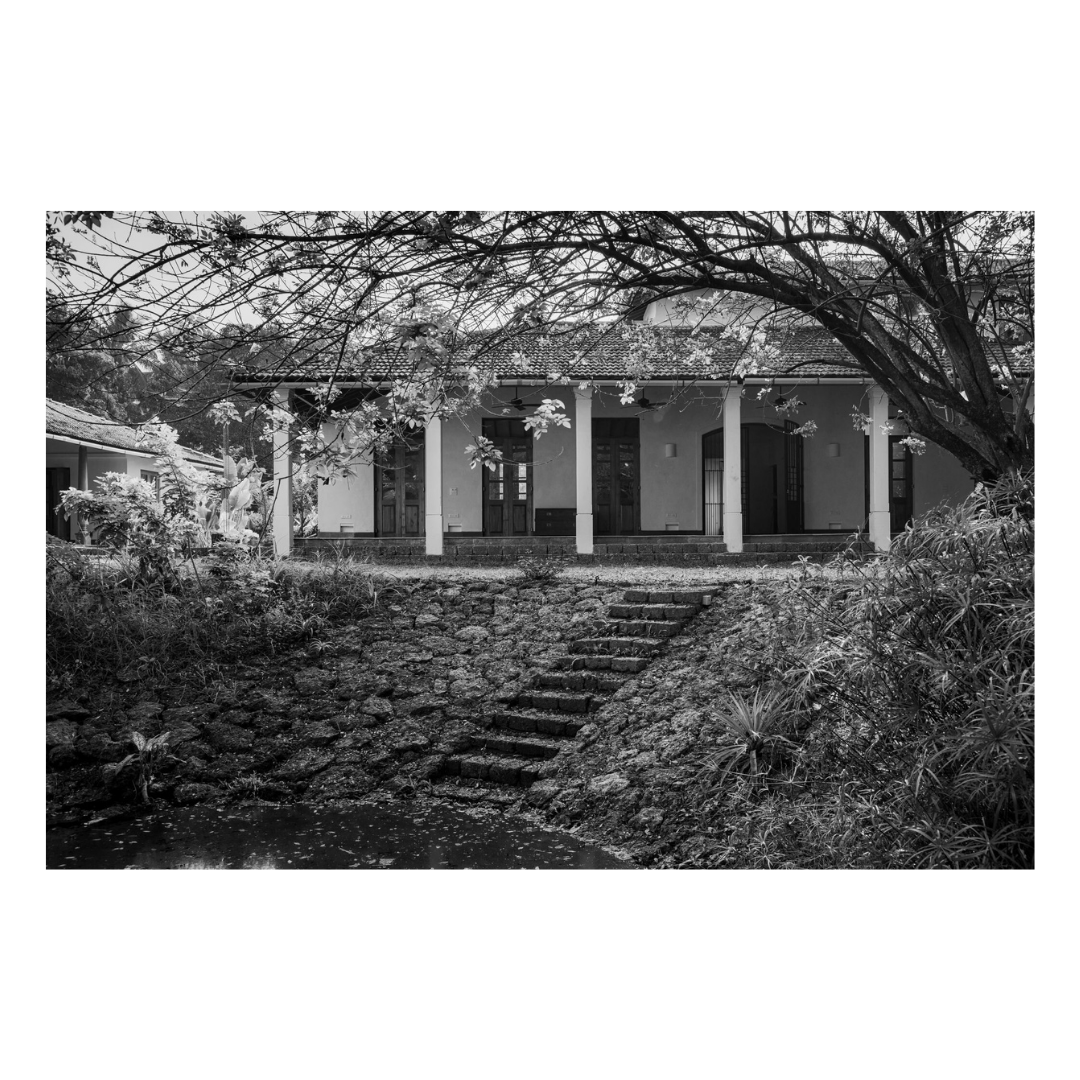



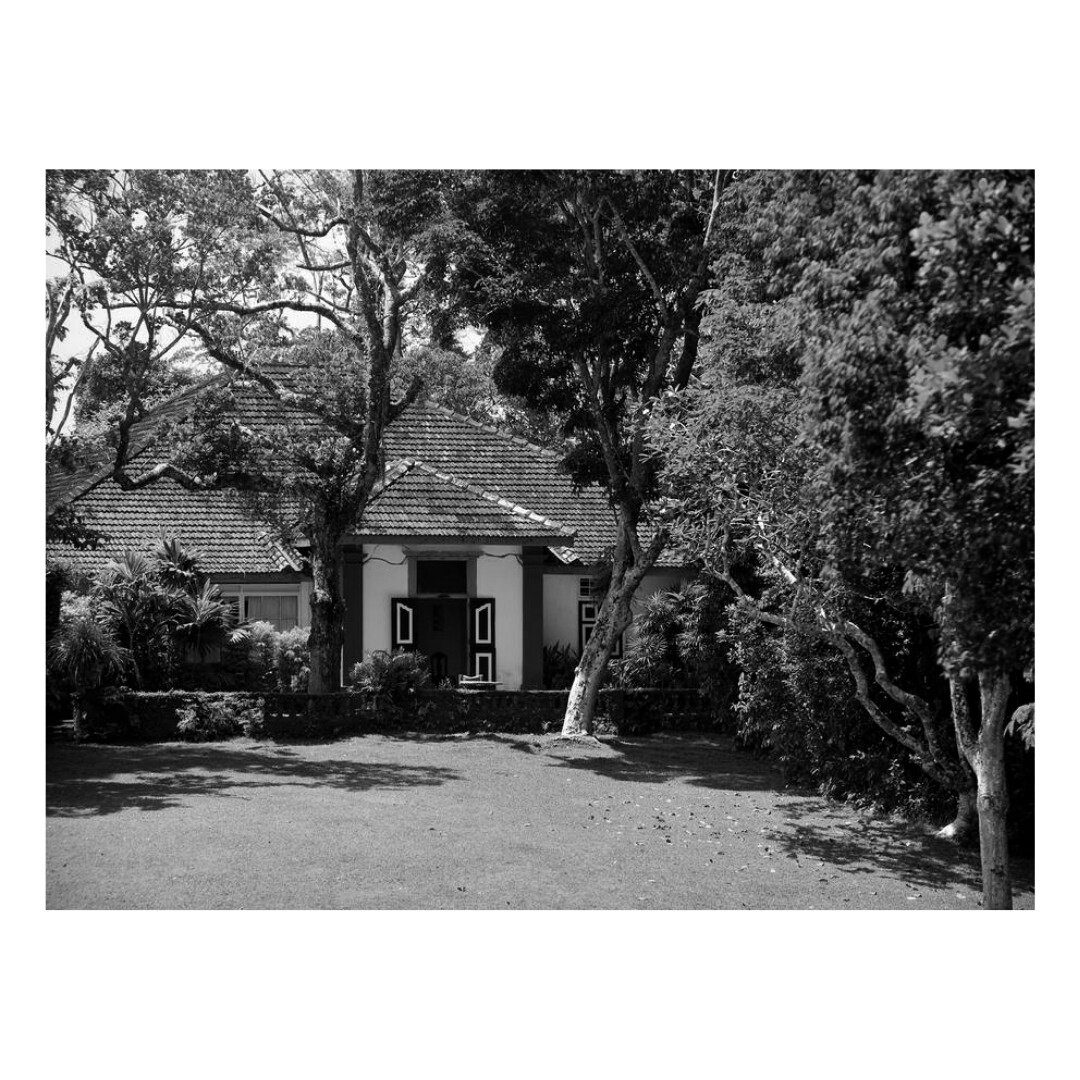
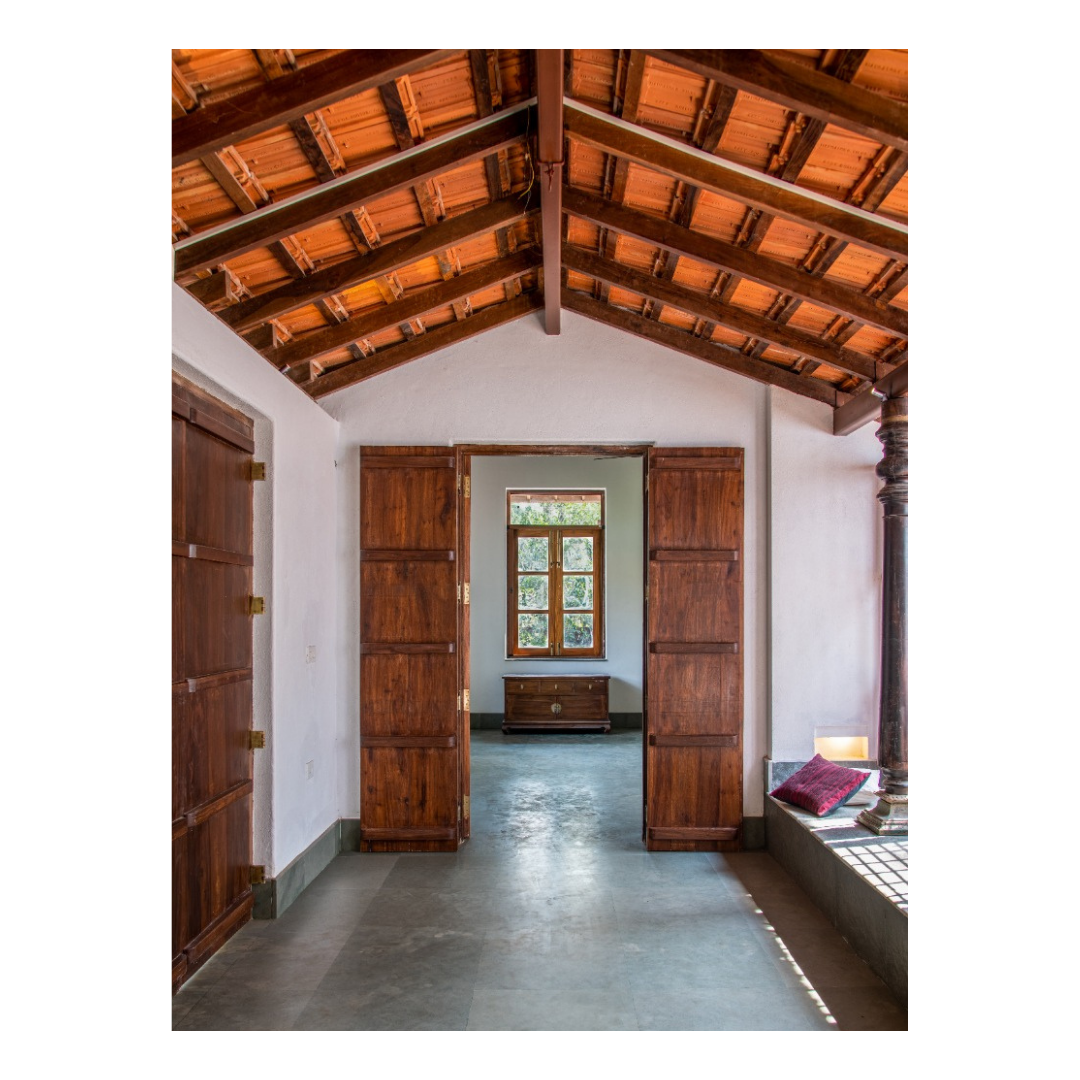

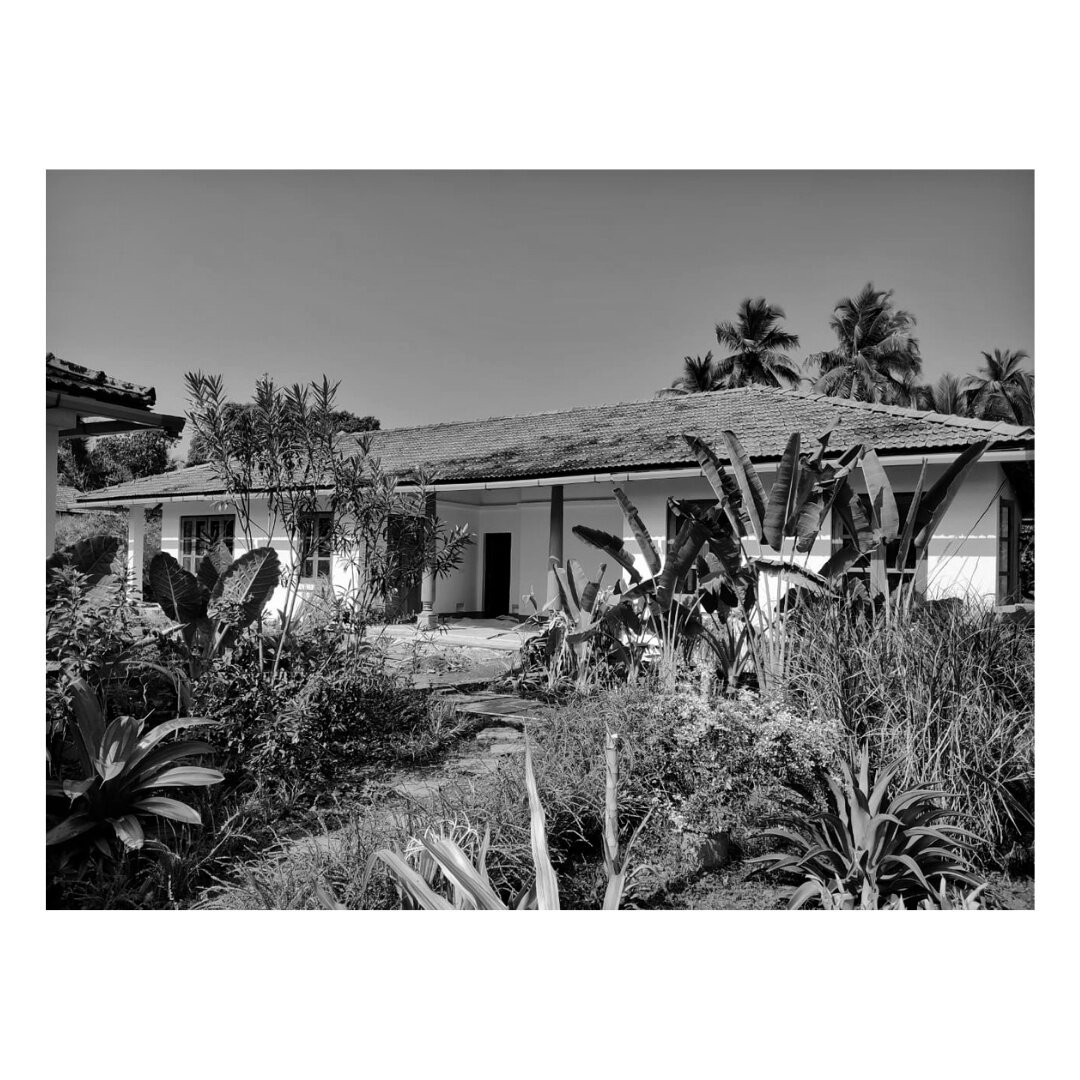








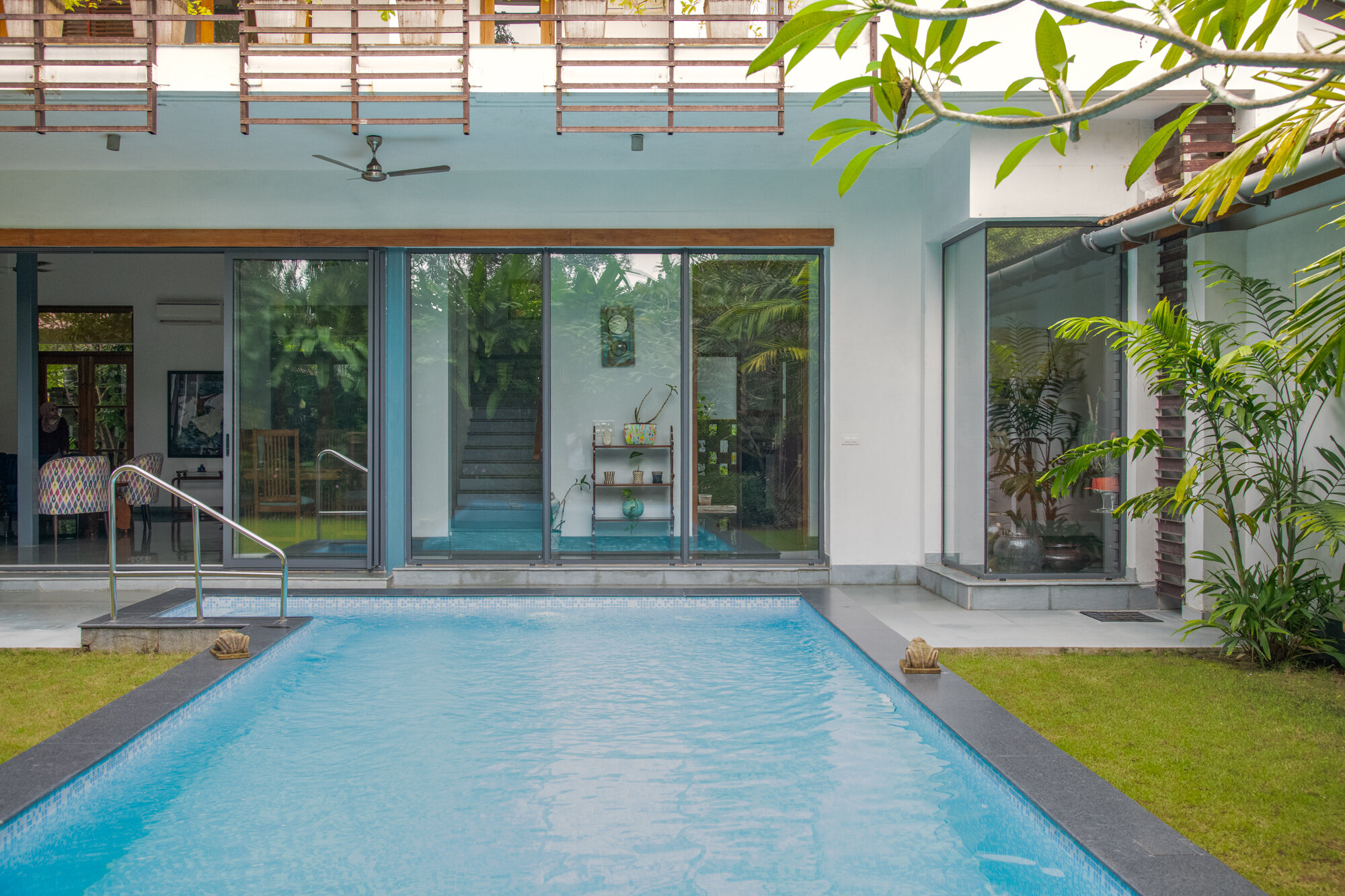
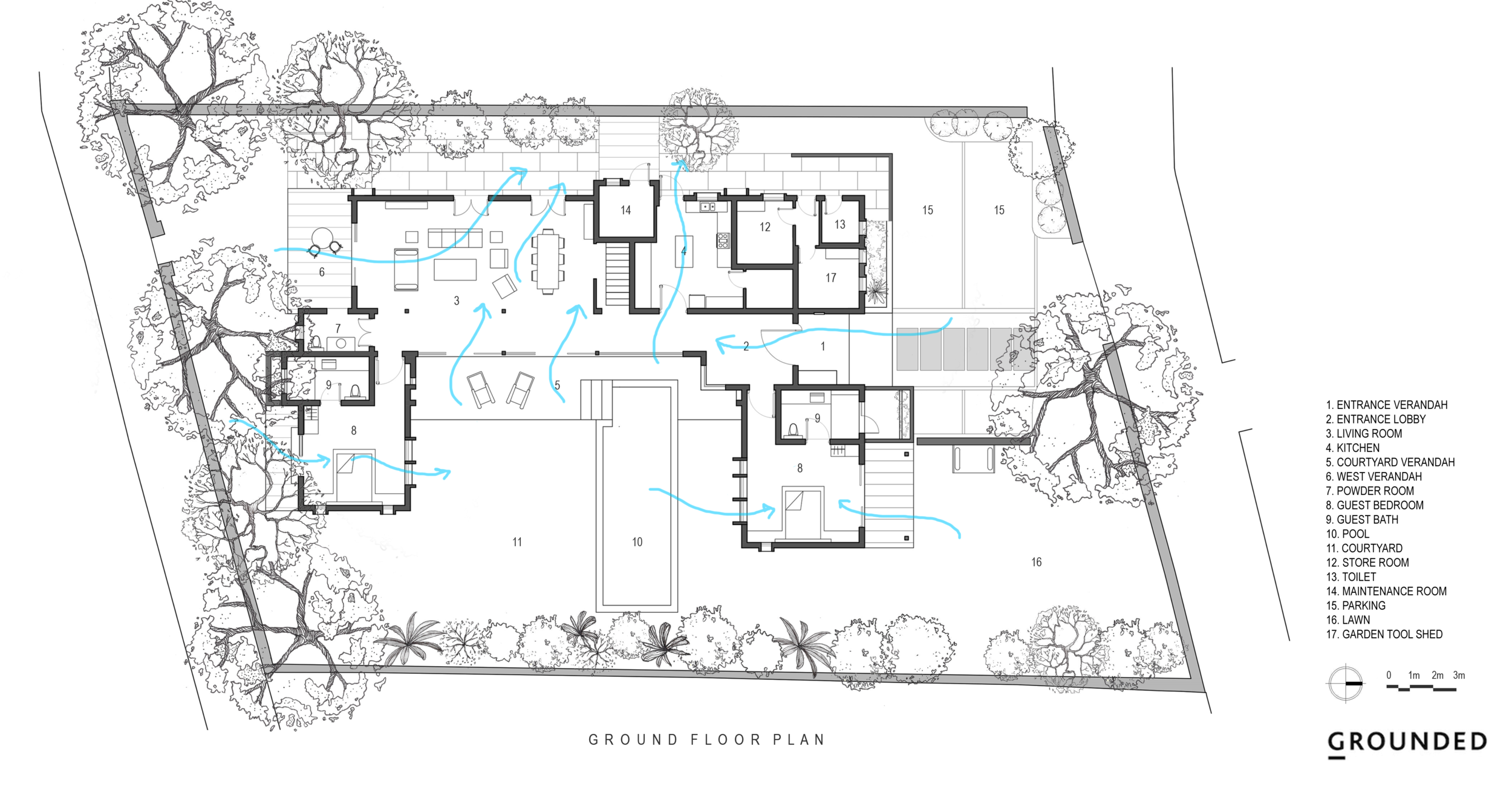
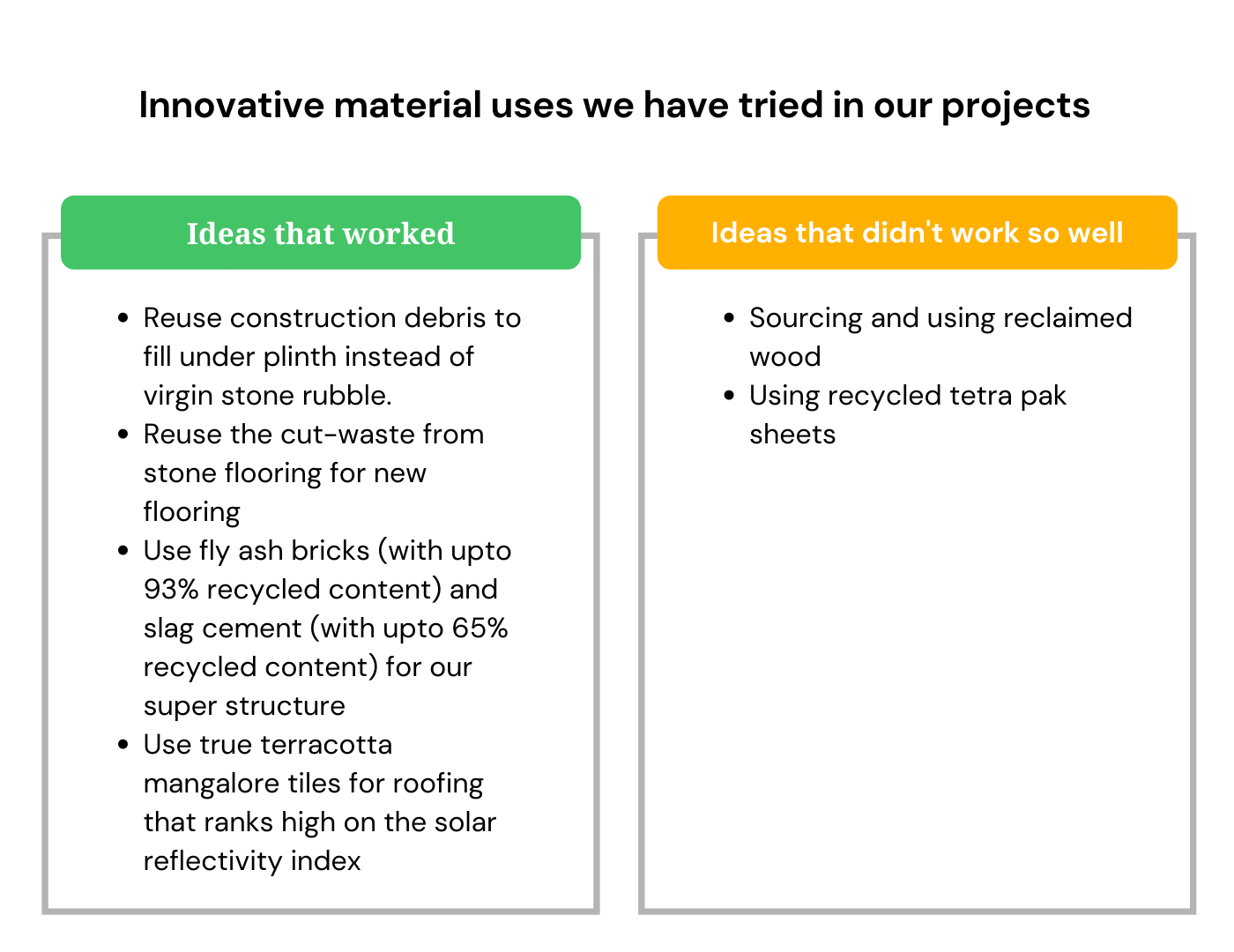




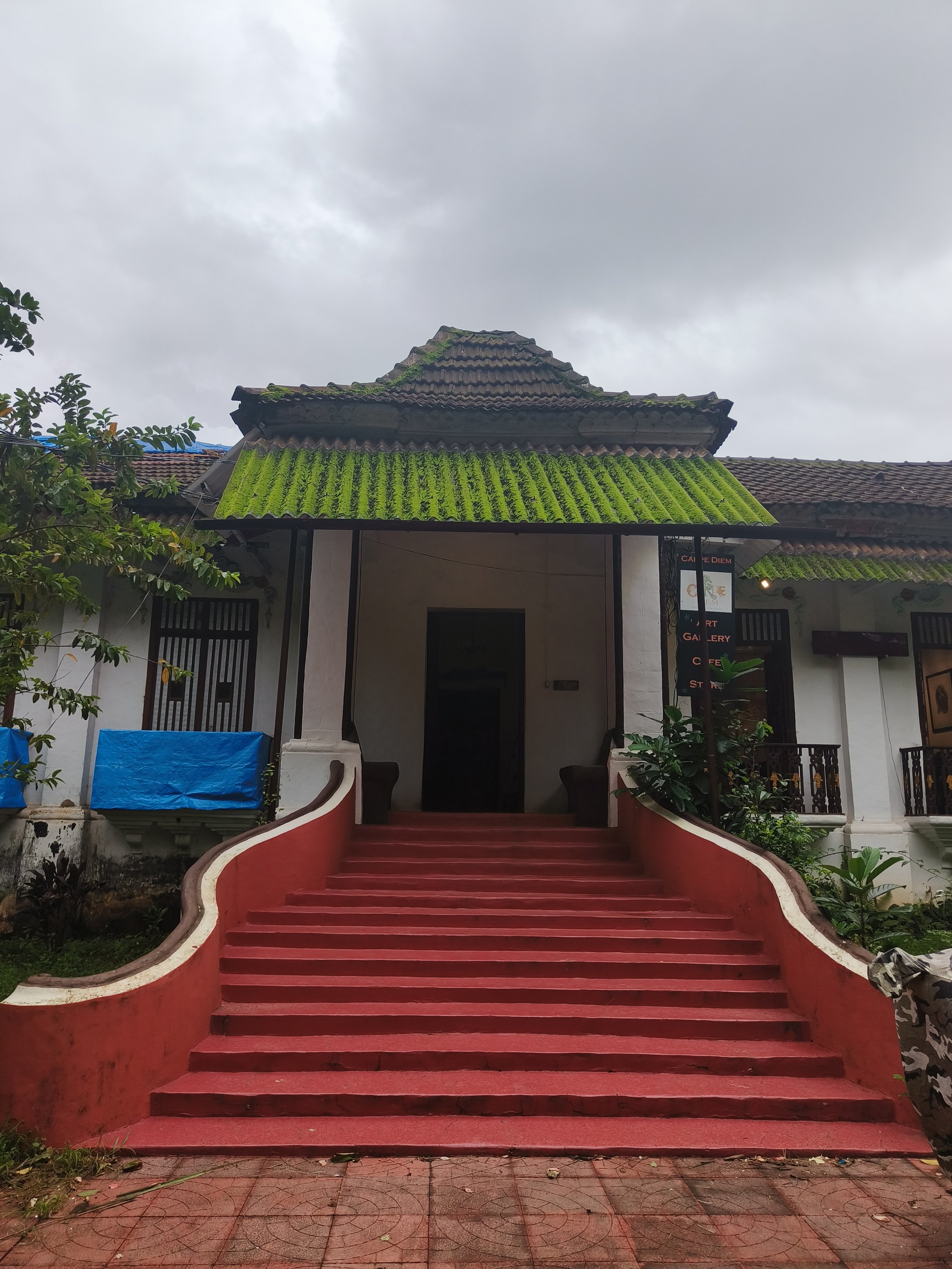



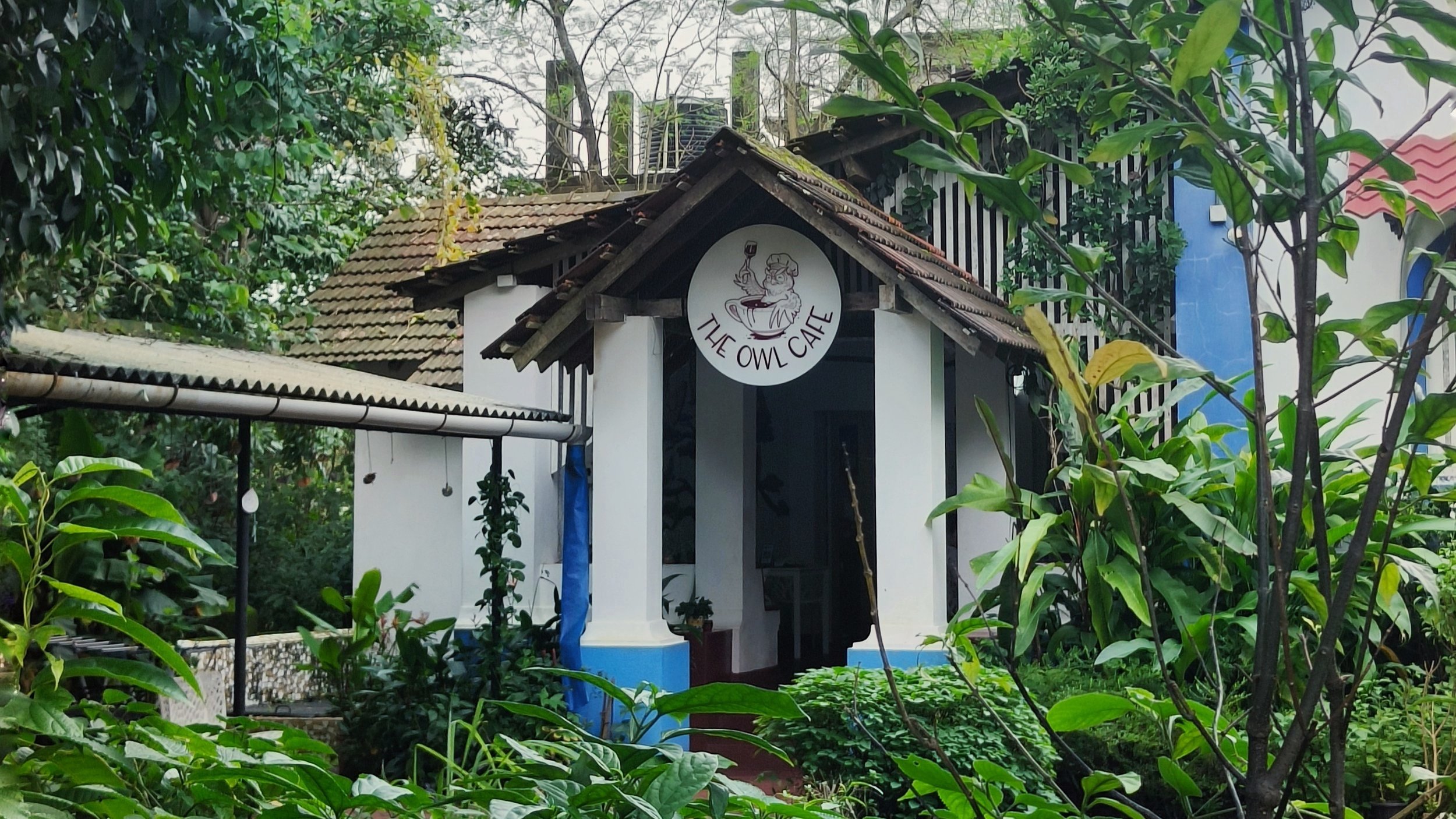
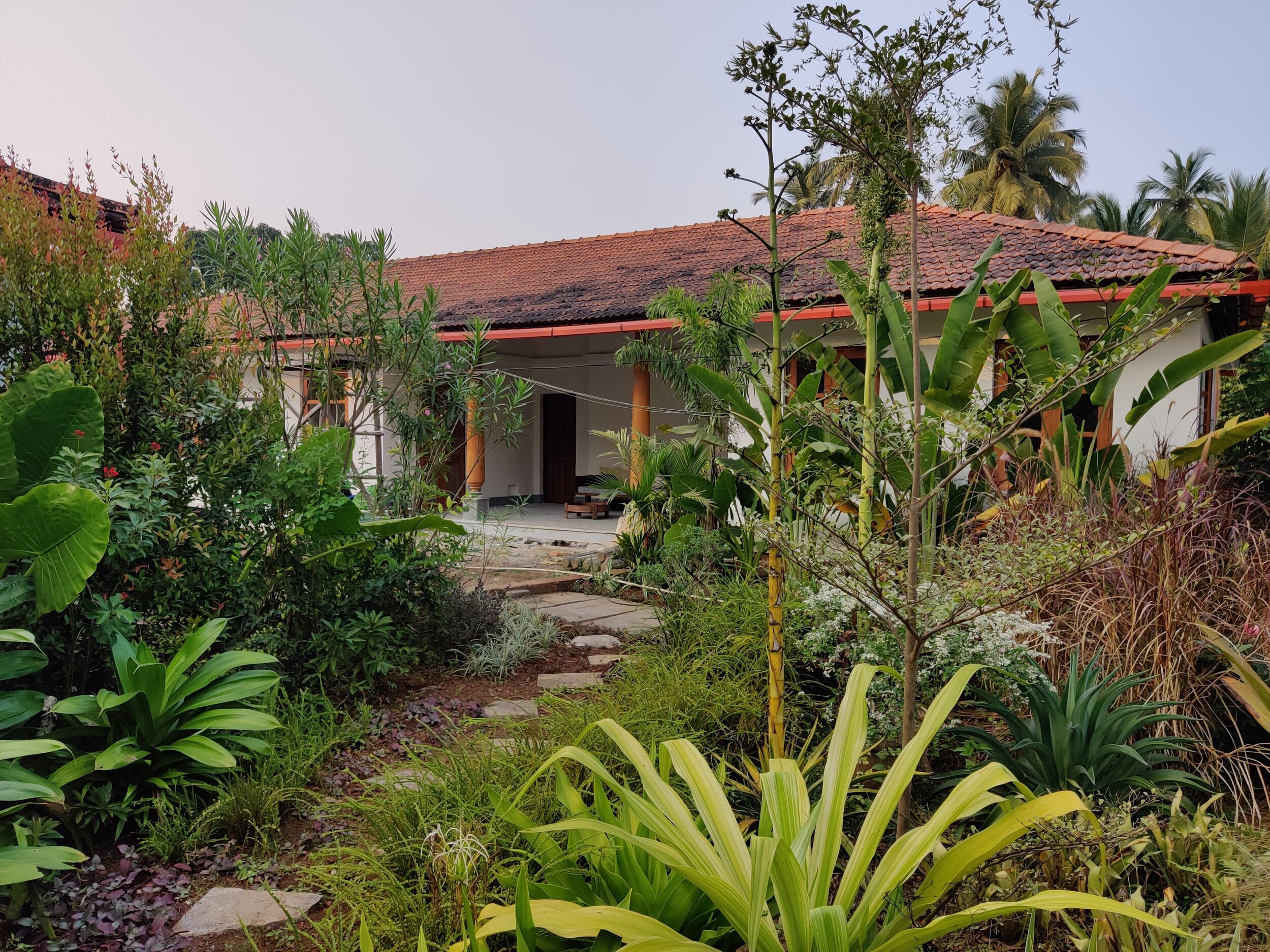








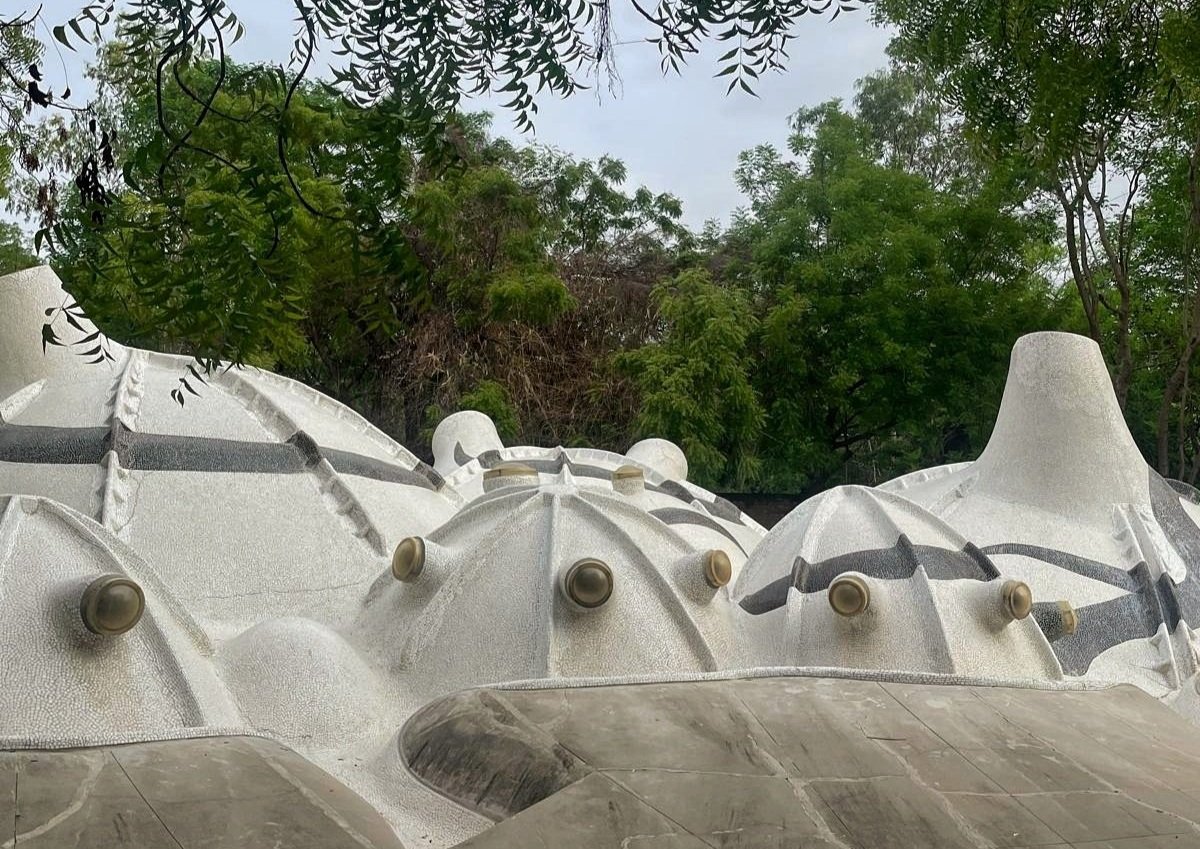
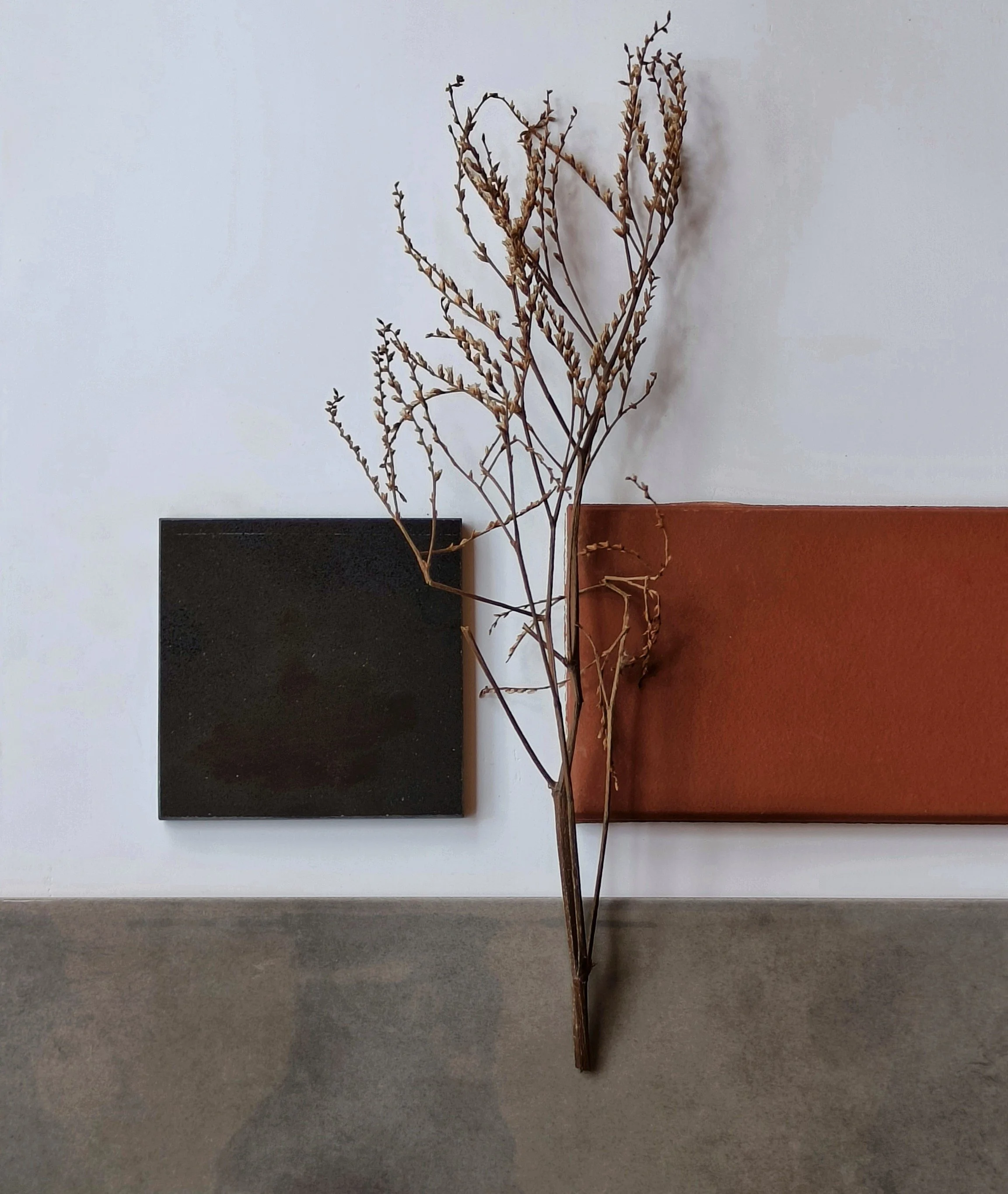






Luxury Villa for sale in North Goa